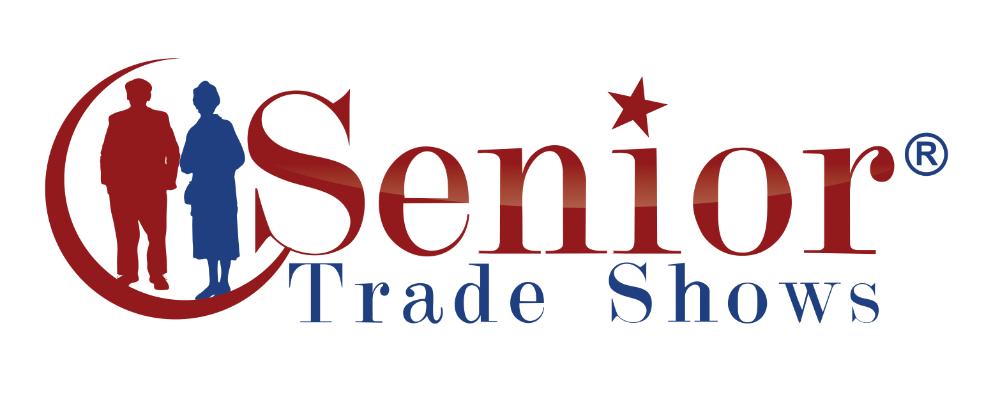As fall and winter approach, the trade show season picks up momentum, offering businesses unique opportunities to network, showcase products, and attract potential clients. Preparing for trade shows during these seasons requires specific planning due to weather conditions, holiday schedules, and seasonal marketing dynamics. Here’s an in-depth guide to help you maximize your trade show marketing for fall and winter.
Understanding Trade Show Seasonality: Why Fall and Winter Matter
Trade show seasonality plays a significant role in how companies plan their marketing strategies. Fall and winter mark crucial times for trade shows across various industries, with many brands leveraging this time to capitalize on holiday spending, end-of-year budgets, and the heightened consumer interest that follows summer.
Why Focus on Trade Show Marketing in Fall and Winter?
Trade shows in the latter half of the year provide prime opportunities to promote new product lines, target a fresh wave of holiday shoppers, and connect with professionals who are already planning for the upcoming fiscal year. Additionally, the colder months often see more indoor events, making trade shows ideal for networking without seasonal interruptions like summer vacations or extreme weather that can impact turnout.
Key Steps for Fall and Winter Trade Show Preparation
Preparing for fall and winter trade shows requires careful planning to accommodate these seasonal specifics. Here are the key steps to ensure your team and brand are ready for maximum impact.
1. Research Event-Specific Seasonality
Every trade show comes with its unique timing and audience. Some fall trade shows may coincide with back-to-school season, while winter trade shows might align with holiday shopping or end-of-year business closures. Researching the seasonal trends and consumer behavior associated with each show will help you tailor your approach, from product selection to booth presentation.
To capture attention during these peak seasons, identify the shows that resonate most with your target audience’s needs. Consider these questions:
- What products or services are most relevant to attendees during this season?
- How does the seasonality affect competitors’ offerings?
- Will your target audience be in planning mode, looking for gifts, or preparing budgets?
2. Plan and Design Seasonal Marketing Materials
Tailoring your marketing materials to the season can increase engagement and make your brand more memorable. For instance, if you’re exhibiting in fall, incorporating warm colors and themes like autumn leaves can resonate well. Winter trade shows, on the other hand, might benefit from a holiday-inspired design, with a focus on winter hues and festive visuals.
Beyond visuals, make sure that your messaging aligns with the season as well. For example, highlight gift ideas for holiday shoppers or emphasize year-end discounts for budget-conscious business buyers.
3. Optimize Your Trade Show Booth for Fall and Winter
When it comes to your booth design, seasonality can be an impactful element. Think about what the fall and winter months evoke for your audience and use these themes to attract attention. Consider these tips:
- Fall Theme Ideas: Use autumnal colors like orange, brown, and red. Decorate with elements like mini pumpkins, leaves, or cozy lighting to create a warm atmosphere.
- Winter Theme Ideas: Lean into winter’s crisp look with blue and white colors, twinkling lights, and a clean, minimal aesthetic. If the trade show is holiday-related, subtle festive decorations can help draw attention to your booth.
Another aspect to consider is booth temperature control. If your trade show takes place in a cold climate, provide a comfortable space with heaters or warm colors. Additionally, keep season-specific promo items such as scarves, gloves, or travel mugs that resonate well with the season.
4. Plan Seasonal Product Offerings and Promotions
With fall and winter trade shows, your audience may be in a seasonal mindset, making them more likely to look for certain products or services. Tailoring your offerings to fit the season can make your booth more relevant and appealing.
- Fall Promotions: Back-to-school deals, business-year planning resources, and autumn-inspired limited editions can capture interest.
- Winter Promotions: Holiday sales, special discounts, and New Year’s deals resonate well as the year ends. Winter trade shows are also great for showcasing gifts, bundles, and cold-weather products.
Keep in mind the unique budgeting aspects of the season as well. Many businesses will be looking to use up end-of-year budgets, which means your promotions should be designed to make decision-making easier.
Marketing and Outreach: Seasonal Strategies to Maximize Your Trade Show Success
To maximize trade show marketing during the fall and winter, your outreach strategies should be season-specific. Effective marketing and outreach will draw attendees to your booth and ensure your brand resonates well after the event ends.
5. Use Seasonal SEO and Social Media Campaigns
Targeting seasonal keywords, like “fall trade shows” or “holiday trade show promotions,” can help you get noticed by the right audience at the right time. For example, optimize your blog and website content around phrases like “trade show seasonality” and “trade show marketing fall winter.” This will not only help potential attendees find you online but will also build brand awareness around your seasonal offerings.
Consider creating social media campaigns that are visually aligned with the season, such as:
- Autumn Social Media Campaigns: Showcase fall-inspired visuals and use hashtags like #FallTradeShow or #AutumnNetworking.
- Holiday-Themed Campaigns: Launch a “12 Days of Trade Shows” campaign where you highlight a different product or service each day.
6. Launch Email Marketing Campaigns with Seasonal Touchpoints
Email marketing remains a key tool for attracting people to your booth and engaging them afterward. Start by announcing your trade show participation well in advance and include seasonal themes to make your emails stand out. Here are a few strategies to consider:
- Pre-Event Emails: Send “Save the Date” emails with fall or winter graphics and season-specific incentives.
- Holiday Specials: Create buzz around limited-time offers available only to trade show attendees.
- Post-Event Follow-Up: Thank attendees for visiting your booth and offer a post-show discount as an added incentive.
Remember to keep your emails relevant and timely. For instance, if you’re attending a November trade show, emphasize Thanksgiving or Black Friday deals in your messaging.
7. Leverage Seasonal Influencers and Partnerships
Partnerships and influencers can play a significant role in maximizing your trade show impact. Collaborate with influencers or industry experts to promote your participation and draw attention to your brand in advance. For seasonal events, you might work with influencers known for fall or winter content or partner with local brands to create a holiday-themed booth experience.
Influencers who resonate with the holiday or end-of-year themes can also extend your reach to a broader audience. For instance, teaming up with a holiday-focused blogger for a December trade show can amplify your visibility.
Post-Show Strategies to Extend Your Impact Through the Season
After the trade show, it’s essential to continue engaging your leads and capitalizing on the connections made during the event. Seasonal trade shows are an excellent opportunity to build lasting relationships that carry into the new year.
8. Follow Up with Seasonal and Holiday-Themed Messaging
Sending timely follow-up messages is key to staying top-of-mind after a trade show. Use the season to inspire your communications, whether it’s a “Thank you for stopping by our booth this fall” email or a winter holiday greeting card.
Your follow-up message can also include:
- A recap of any trade show announcements
- Exclusive post-event offers or discounts
- Upcoming product releases or events for the new year
9. Evaluate Trade Show ROI with a Seasonal Lens
Evaluating your trade show ROI is a standard practice, but doing so with a seasonal lens can provide unique insights. Look at factors such as the types of promotions that resonated most, the seasonal products that attracted the highest interest, and the conversion rate for end-of-year budgeting customers. These insights will help you refine your seasonal trade show marketing strategies for future events.
10. Plan Ahead for Next Year’s Trade Show Seasonality
Finally, use your experiences and data from this season’s trade shows to inform your plans for next year. Trade show seasonality can shift slightly based on economic conditions, holidays, and other factors, so note any changes and adapt your approach accordingly.
Start by scheduling trade shows for the coming year and identifying any seasonal trends that may impact each event. Fine-tune your booth design, marketing materials, and promotional strategies with this year’s takeaways to ensure even better results next time.
Embrace Trade Show Seasonality for Success
Fall and winter trade shows present an array of unique opportunities for businesses. By aligning your marketing, booth design, and follow-up strategies with the season, you can better connect with attendees, stand out from the competition, and make a lasting impact. Preparing well in advance and thinking seasonally will set you up for success in the exciting trade show months ahead.
Got Questions? Let Us Help!
Senior Trade Show exists to connect seniors to resources to help them make informed decisions and help them age successfully. We are Texas’s premier, fastest-growing lifestyle, educational, and entertainment expo for 55+ active aging adults, their families, and caregivers. We hold in-person informational events and host an online community that connects businesses, organizations, and community resources to the senior population. Contact us today if you want more information on connecting with the senior demographic or if you are a senior and want to be part of our incredible events and information.











Leave a Reply